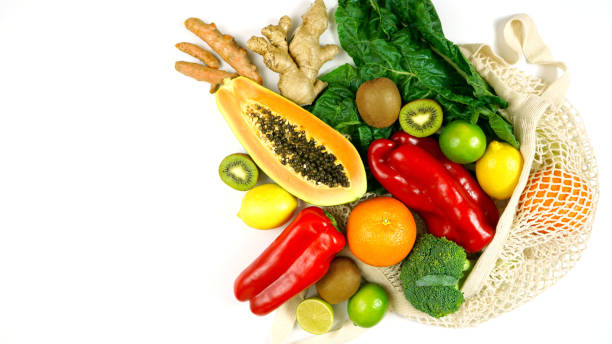
Superfoods that will boost your healthy diet
Not even a superfood, a single food can provide all the nutrition and health benefits we need. The 2015-2020 US Dietary guidelines recommend healthy eating styles, which “combine healthy choices from all food groups — while being mindful of calorie limits.”
Research has shown that healthy eating habits can lower the risk of certain cancers, such as diabetes and high blood pressure. DASH (Dietary Approaches for Stop Hypertension) and the Mediterranean Diet have shown significant health benefits and reduced chronic diseases.
Some foods deserve special attention. These superfoods provide important nutrients to power-pack meals and snacks and enhance healthy eating habits.
Superfoods List
Berries. Rich in fiber, berries have a sweet taste and are rich in antioxidants and other nutrients that fight disease.
How to add them. You can buy frozen berries when berries don’t seem to be in season. You can add them to yogurt, smoothies, and cereals or eat them as a snack.
Fish. Fish can be a good source of protein and omega-3 fatty acids that help to prevent heart disease.
How to add it, Salmon, tuna steaks and mackerel are all high in omega-3.
Leafy Greens. These dark, leafy greens contain high vitamin A, D, and calcium levels. They also have many phytochemicals, chemicals made from plants that positively impact your health. They are also a good source of fiber.
How to add them You can either saute them or add them to salads. Greens can be added to soups or stews.
Nuts. Walnuts, almonds and hazelnuts are good sources of plant protein. Monounsaturated fats may also be found in nuts, which could help lower your risk of developing heart disease.
Add them to your oatmeal, yogurt, or as a snack. They are high in calories, so be careful. You can try nut butter like peanut (technically a legume), almond or cashew. Nuts can also be used to complement salads or cooked vegetables.
Olive Oil. Olive oil is rich in vitamin E, polyphenols and monounsaturated fatty acids. This helps to lower the risk of developing heart disease.
What to add? Use it in place of butter in pasta and rice dishes. Use it to drizzle over vegetables, as a dressing or for sauteing.
Whole grains. Whole grains are a good source of both insoluble and soluble fiber. They also have many B vitamins, minerals and phytonutrients. They are good for your heart health and prevent you from developing diabetes.
How to add them: Have a bowl of oatmeal as your breakfast. You can substitute bulgur, quinoa or wheat berries for the usual baked potato. Look out for “100% Whole Wheat Flour” in the first ingredient of loaves of bread you buy at the supermarket.
Yogurt. Yogurt is a good source of calcium, protein and other nutrients. It also contains probiotics (live cultures). These probiotics can help protect your body from more harmful bacteria.
How to add it You can add your fruit to plain yogurt. Look out for yogurts with “live active cultures”, such as Lactobacillus L. acidophilus, L. bulgaricus and S. thermophilus. Yogurt can be used in mayonnaise and sour cream for dips and sauces.
Cruciferous veggies. These include cabbage, Brussels sprouts and cauliflower. They provide fiber, vitamins, and phytochemicals such as indoles and thiocyanates. This may help to prevent some types of cancer.
How to add them: Stir-fry or steam, and then season with healthy oils, herbs, and seasonings. Add a frozen mixture of cruciferous vegetables to soups, casseroles, or pasta dishes.
Legumes. This broad group includes black, red, kidney, and garbanzo bean varieties and soybeans and peas. Legumes are a great source of fiber, folate and plant-based proteins. They can reduce your risk of developing heart disease, according to studies.
Add them to soups, salads, and casseroles. You can make chili or a bean-based spread like hummus.
Tomatoes. They are high in vitamin A and lycopene, which have been shown to lower the risk of developing prostate cancer.
How to add them They can be used in soups, stews, and chili. Lycopene is more readily available to your body when tomatoes are cooked in olive oil.